
I received a phone call from a shepherd many years ago. He was confused as to why his ewes refused to eat what appeared to be beautiful alfalfa hay.

I received a phone call from a shepherd many years ago. He was confused as to why his ewes refused to eat what appeared to be beautiful alfalfa hay.
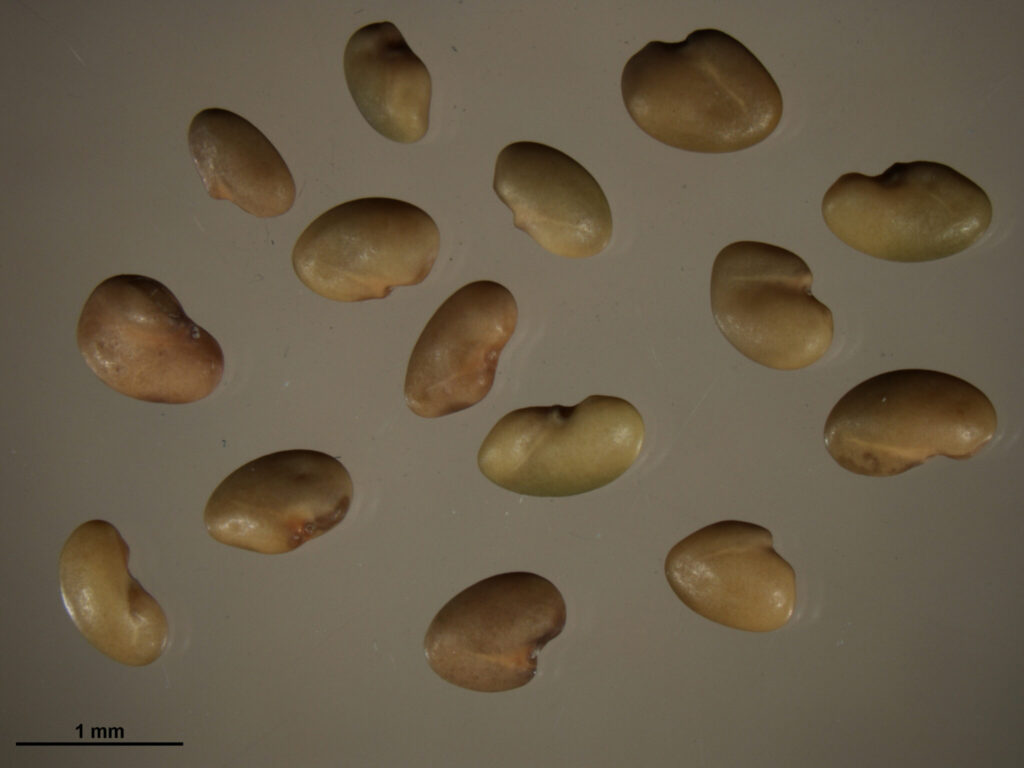
I was asked to come to a field in early April many years ago by a young producer. The producer and the seedsman that sold the alfalfa to the producer met me at the field. The cause of concern was that there was an expectation of green alfalfa growing after breaking winter dormancy in Mid-March. Instead, what was seen at my height of 5’ 10” was light brown soil; not a trace of green from anything was seen. I dropped to my knees and got my eyes within 12 inches of the soil surface. What I saw was what had been an outstanding stand of alfalfa seedlings, at least 24 dead alfalfa seedlings per square foot, no more than 1-inch in height that were the same color of the soil. I asked the producer when he seeded the field. He replied, “October 7”. The “Best Management Practice” would have been[Read More…]
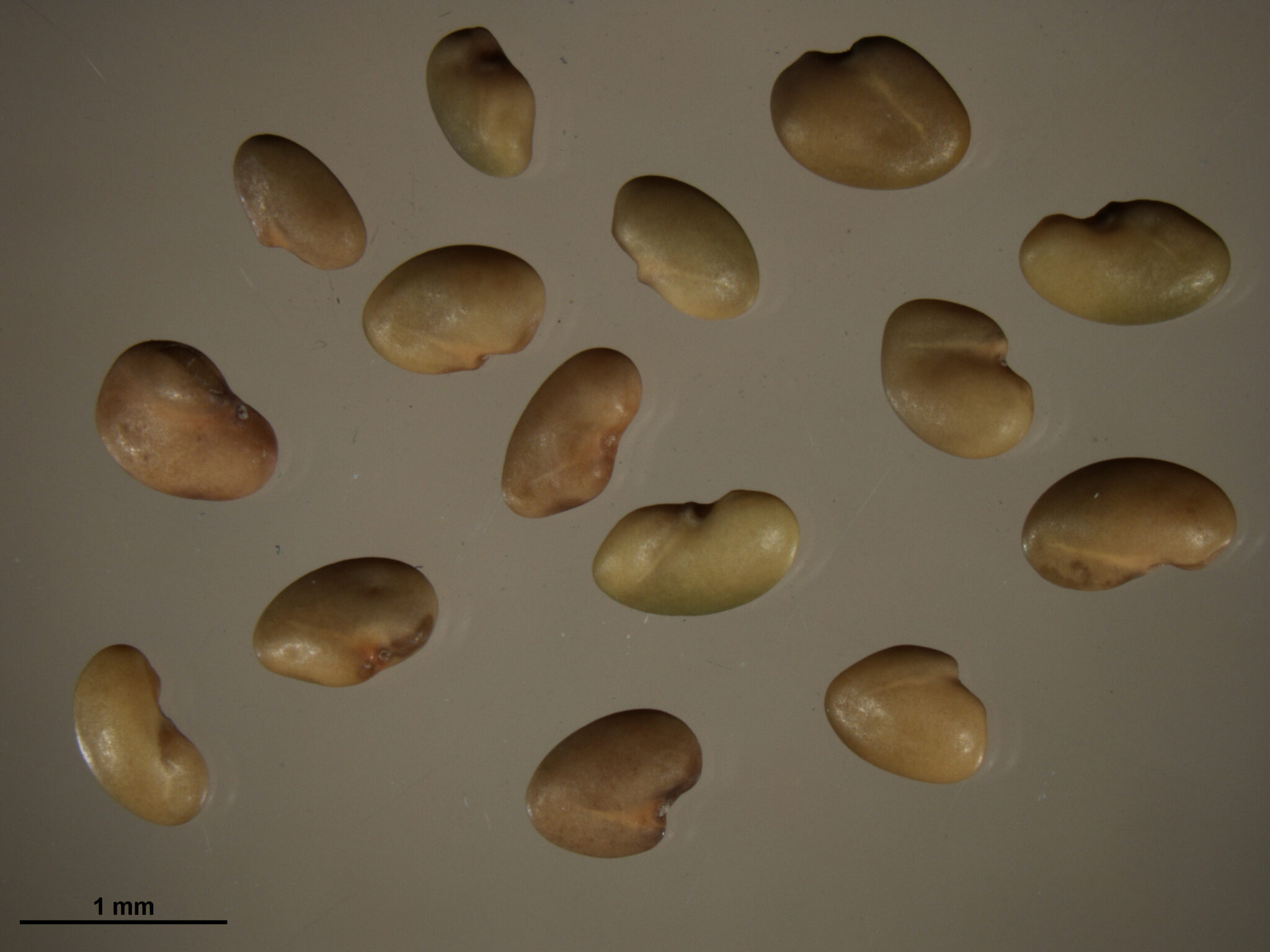
I was asked to come to a field in early April many years ago by a young producer. The producer and the seedsman that sold the alfalfa to the producer met me at the field.
Insecticide recommendations for controlling in-season infestations have been updated for corn, soybean and alfalfa.
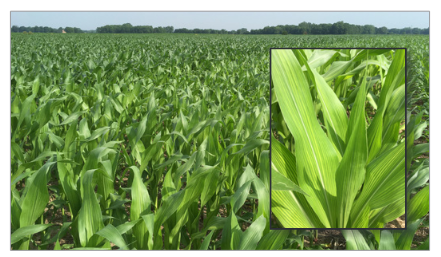
In recent years, sulfur (S) deficiency has been diagnosed in corn, soybean, alfalfa, and wheat in the Midwest, including Indiana and Michigan.

Timely alfalfa seeding is always important to getting an excellent stand, and when seeded late does not have time to develop into a winter hardy plant.
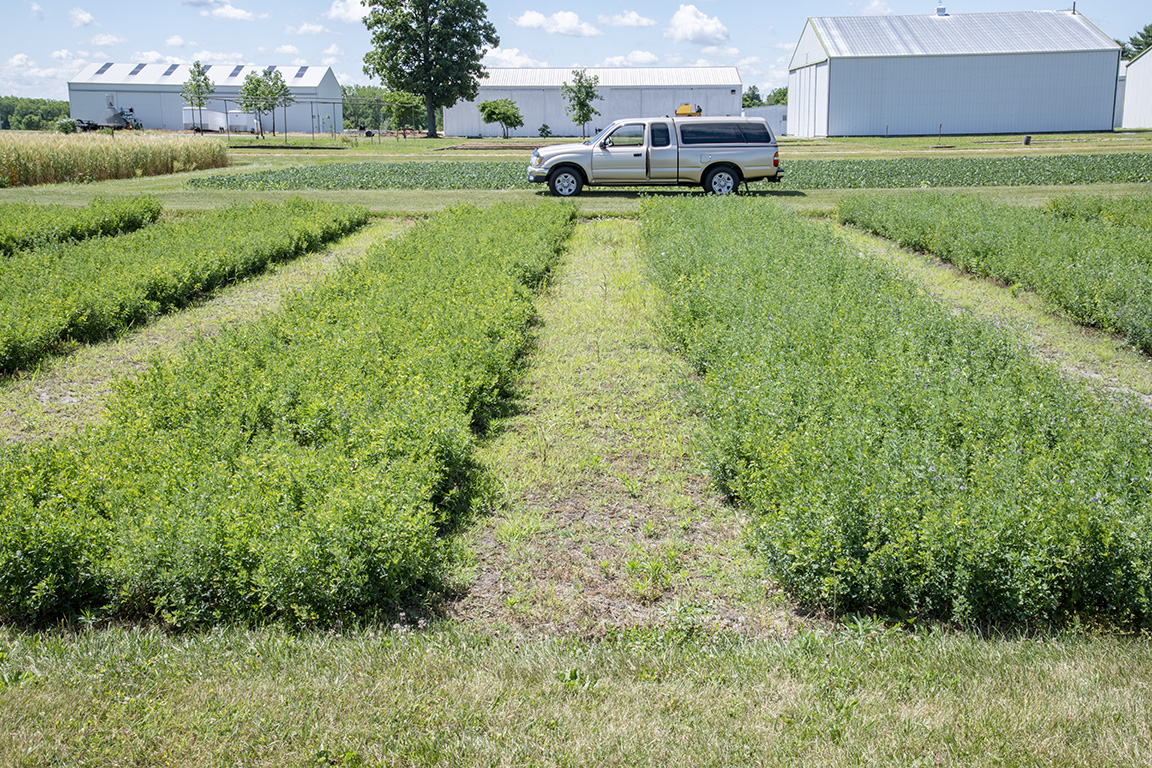
In most years, with highly resistant potato leafhopper alfalfa varieties, management of this pest with insecticides usually isn’t needed.
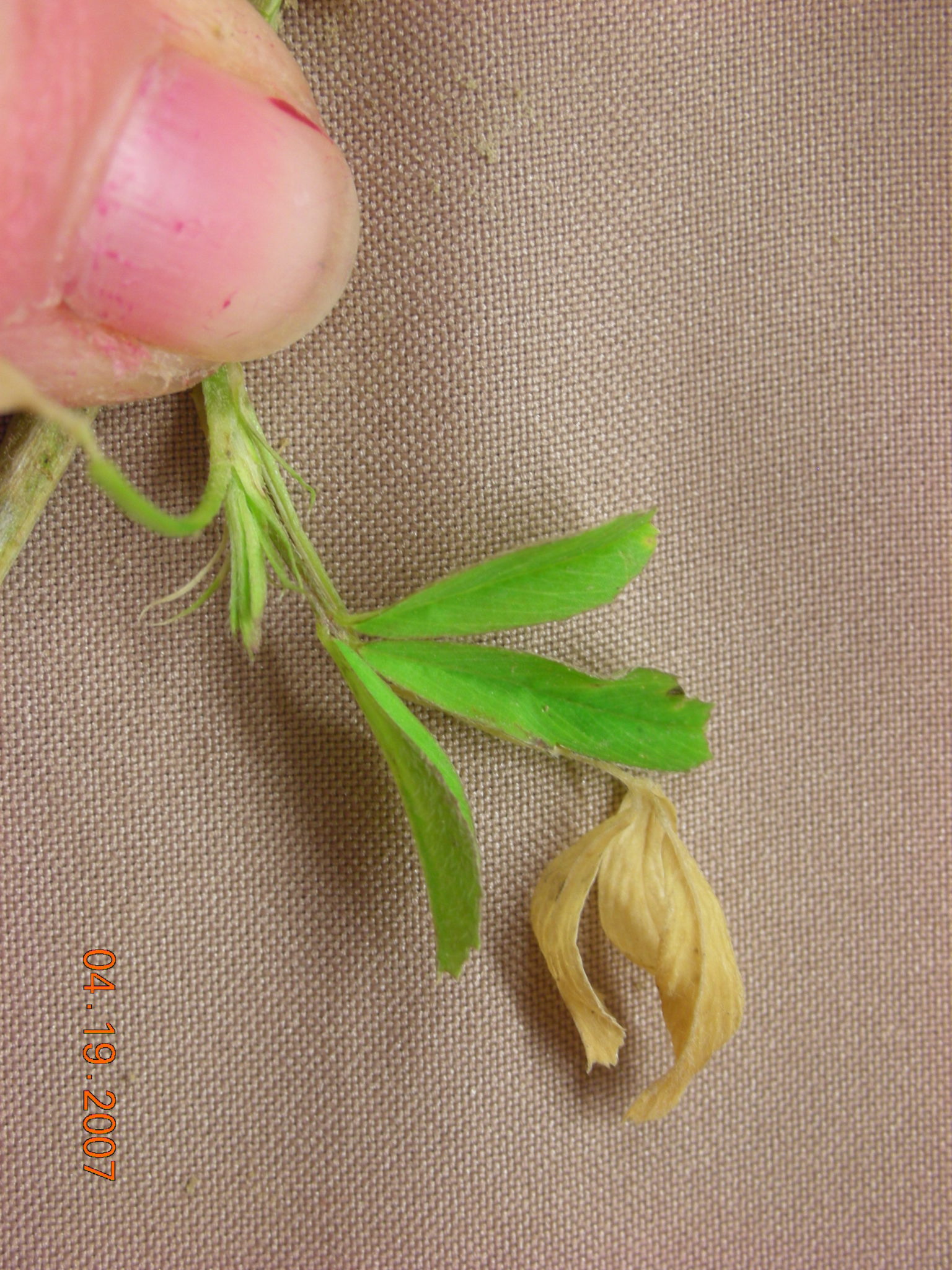
Night time and early morning temperatures across Indiana dipped to lows (less than 28oF) on Wednesday and Thursday that may be concerning to alfalfa producers. Damage may be little to none, or possibly severe. Minimal damage may appear as new leaves emerging next week being bleached. Whereas, severe damage will have the plant losing its upright integrity and appearing water soaked (mushy). New seedlings will take on a water soaked appearance if freeze damaged. Variation in response could be extreme across a field due to differences in temperature because of topography. Older stands that were well managed last year will have a greater chance of survival. Please contact me at johnsonk@purdue.edu if damage is severe because of the freeze events.
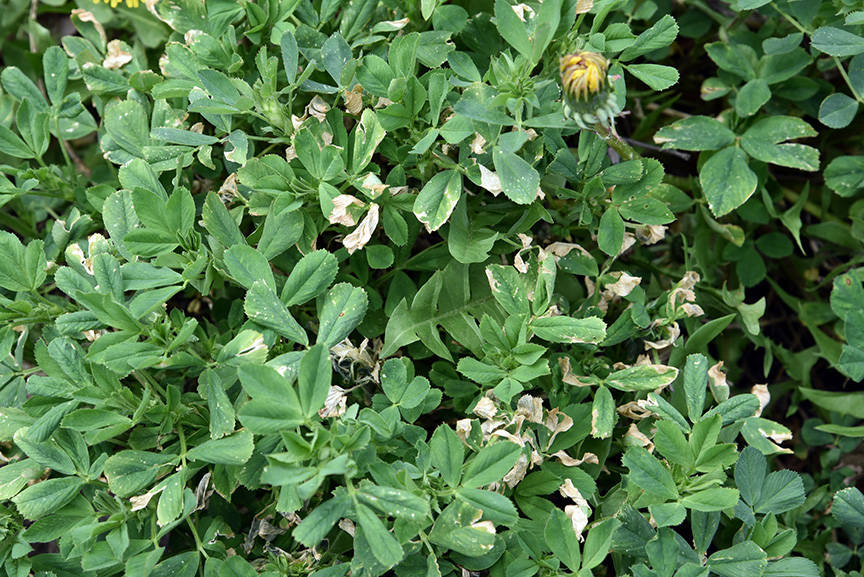
Last week’s articles were concerning the eye-popping numbers of black cutworm and armyworm moths being captured by pheromone trap cooperators and weevil damage being reported in southern Indiana alfalfa fields.
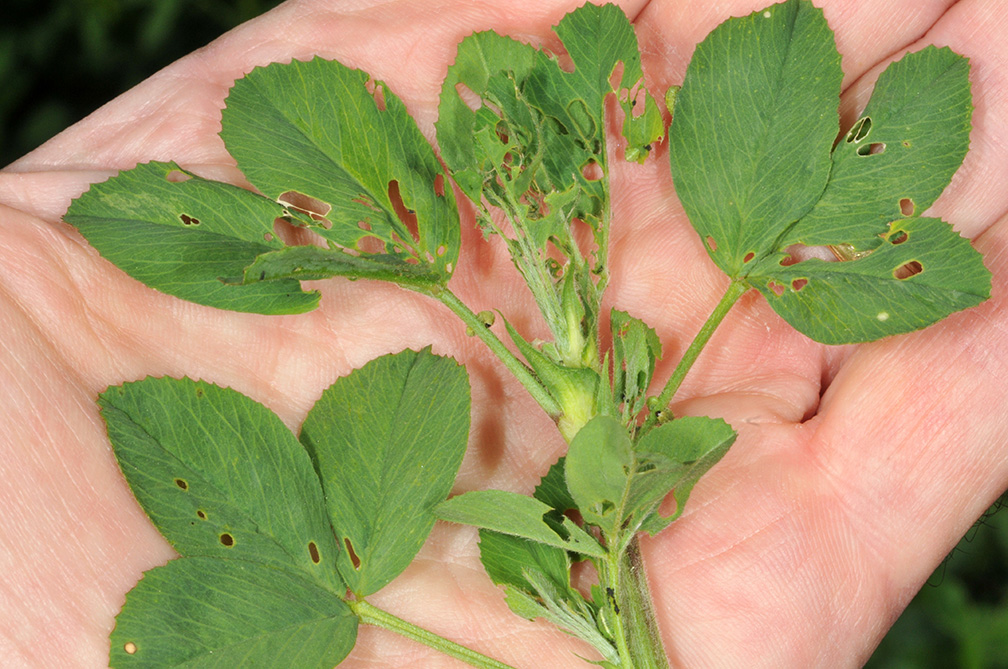
Pest managers, in southern Indiana, should now be scouting their alfalfa for leaf feeding from weevil larva.
© 2025 Purdue University | An equal access/equal opportunity university | Copyright Complaints | Maintained by Pest&Crop newsletter
If you have trouble accessing this page because of a disability, please contact Pest&Crop newsletter at luck@purdue.edu.